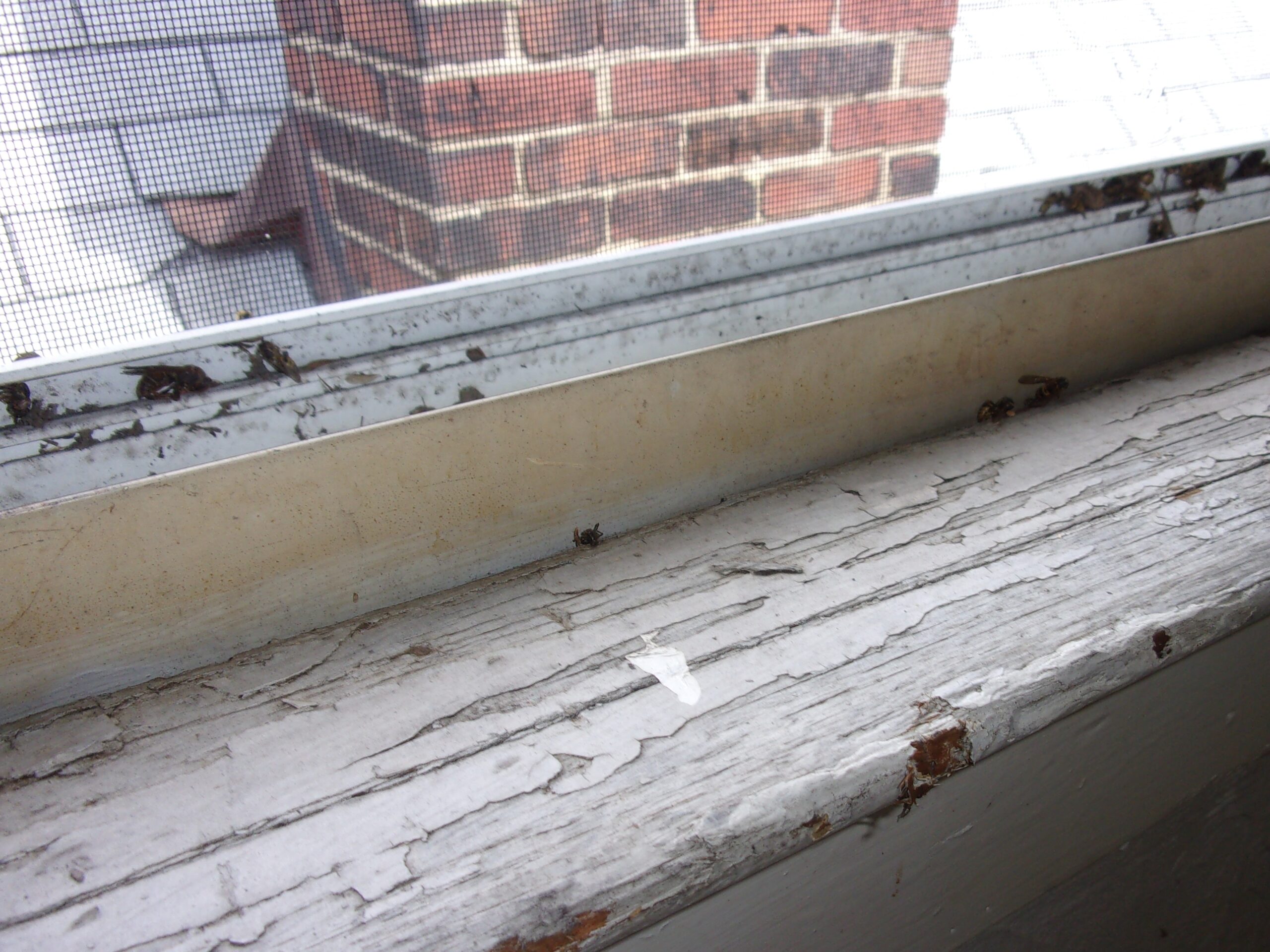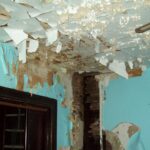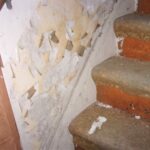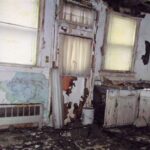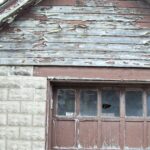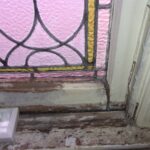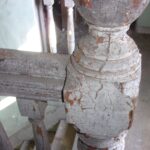INDUSTRY:
Housing
SERVICES:
Environmental
LOCATION:
Pittsburgh, PA
CLIENT:
Urban Redevelopment Authority of Pittsburgh
Sci-Tek provided Lead-Based Paint (LBP) Inspection Services on behalf of the Urban Redevelopment Authority of Pittsburgh (URA) associated with its Homeowner Assistance Program (HAP) from 2001-2021. The HAP provides financial assistance to eligible homeowners for rehabilitating and improving residential owner-occupied properties within the City of Pittsburgh. The U.S. Department of Housing and Urban Development (HUD) provides the funding for the services and therefore all services performed must follow Chapters 5, 7, and 15 of HUD Guidelines. The general scope of services included:
- Identification of the types, locations and condition of LBP,
- Collection of lead samples and reporting data, and
- Identification of lead hazards and hazard reduction requirements.
An EPA accredited and Pennsylvania Licensed LBP Risk Assessor and Inspector collected lead samples within the residence utilizing an X-Ray Fluorescence (XRF) direct reading/data-logging instrument that took direct LBP samples without damaging the existing condition of the paint. Sample results were electronically stored and downloaded into spreadsheets.
In addition, dust wipe samples were collected according to HUD Guidelines in order to more accurately assess potential lead hazards. Soil samples were collected on the exterior of the dwelling where bare soil areas were present. Dust and soil samples were submitted to a National Lead Laboratory Accreditation Program (NLLAP) certified laboratory for analysis of lead samples. The analytical results were compared to HUD risk assessment dust hazard levels.
Final clearance inspections were conducted after renovation work was completed. Using the initial Lead Risk Assessment Survey and client-provided information as guidance, the assessor conducted a visual assessments and conducted clearance dust-wipe sampling of floors, interior windowsills, and window troughs using the protocol in Chapter 15 of the HUD Guidelines. The dust-wipe samples were submitted to a NLLAP accredited laboratory on a 24-hour turnaround time.

